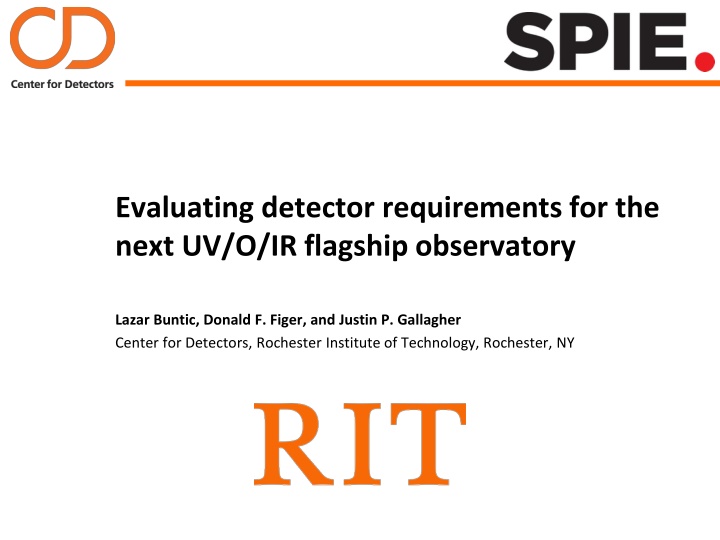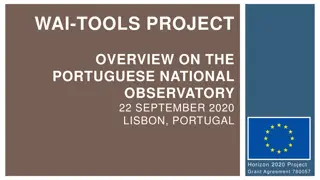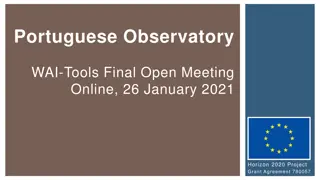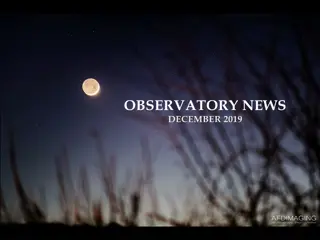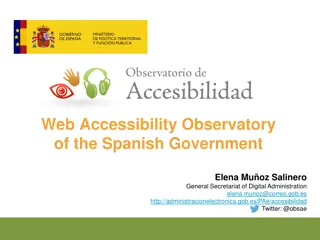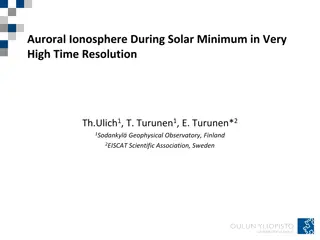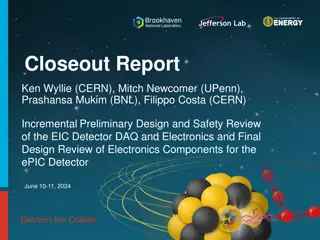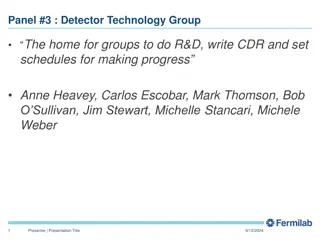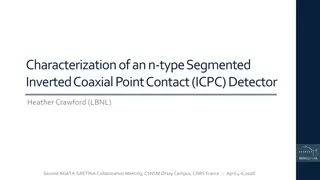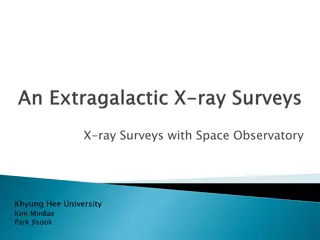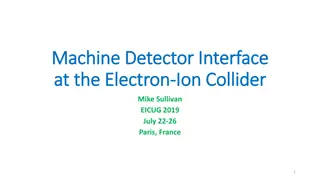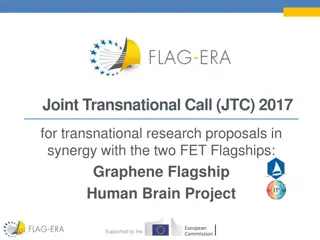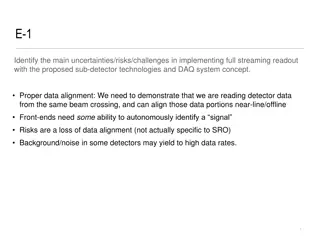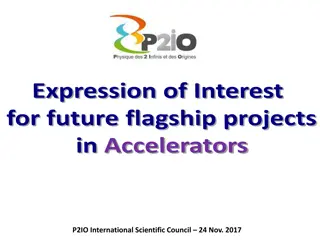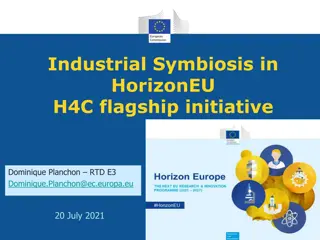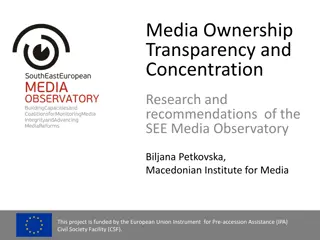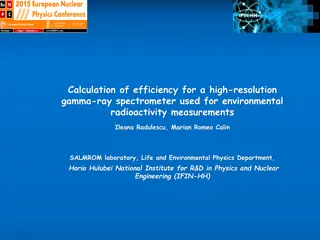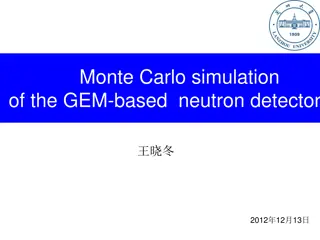Evaluating detector requirements for the next UV/O/IR flagship observatory
This content discusses the detector requirements for the future UV/O/IR flagship observatory, highlighting science goals, technologies, and relevant objectives. Recommendations from the 2020 Decadal Survey for Astronomy and Astrophysics are also outlined.
Download Presentation

Please find below an Image/Link to download the presentation.
The content on the website is provided AS IS for your information and personal use only. It may not be sold, licensed, or shared on other websites without obtaining consent from the author.If you encounter any issues during the download, it is possible that the publisher has removed the file from their server.
You are allowed to download the files provided on this website for personal or commercial use, subject to the condition that they are used lawfully. All files are the property of their respective owners.
The content on the website is provided AS IS for your information and personal use only. It may not be sold, licensed, or shared on other websites without obtaining consent from the author.
E N D
Presentation Transcript
Evaluating detector requirements for the next UV/O/IR flagship observatory Lazar Buntic, Donald F. Figer, and Justin P. Gallagher Center for Detectors, Rochester Institute of Technology, Rochester, NY
Outline the UV/O/IR flagship LUVOIR science goals evaluating detector requirements comparing extant technologies 2
UV/O/IR Flagship 2020 Decadal Survey for Astronomy and Astrophysics recommends the next generation flagship observatory as a cross between LUVOIR-B and HabEx flagship goal is to achieve the primary mission objectives of the LUVOIR and HabEx missions 2020 Decadal Survey describes the Great Observatory Mission Technology Maturation Program (GOMTMP), which will determine promising technologies and fund development for the next generation flagship 3
Relevant Science Objectives perform astrometry of bright stars limited by full well depth and frame rate observe dim solar analogs (v_mag = 30-35) background limited, must have low read noise and dark current take low-medium resolution spectra of comets, minor planets, and belt objects (v_mag < 22) low-medium resolution described as R = 500 28,000 R = 28,000 increases importance of low read noise 5
Model Instruments 6 meter LUVOIR-B analog 6 meter aperture same detector performance as LUVOIR-B most plotted results are for this model CfD team collaborated with Bob Woodruff to develop a simple model of a LUVOIR-like telescope: GigaCam 3 mirror anastigmat 6 meter aperture proof of concept for lowering F/# with smaller detector pixels 6
What parameters matter? dark current (DC) thermal generation of electrons in detective bulk can be reduced by lowering detector temperature read noise (RN) noise generated by process of digitizing signal from pixel low RN is important for enabling photon-counting detector technology pixel pitch size of the pixels important to consider when determining the size of the telescope (focal length, instrument size, mass of payload) full well depth (FWD) amount of charge that can be stored in a pixel high FWD enables HDR and lower readout speeds 11
Pixel Pitch 14
Comparisons what sort of detectors are prime candidates for the next generation missions? CMOS EMCCD MKID in what way can we compare them? scalability to mega-pixel formats ability to maximize SNR attendant technologies 17
Scalability to (and beyond) Megapixel Formats the most important factor for future detectors CMOS and EMCCD exist in formats greater than 4K 4K and commercial devices with science-grade performance are widely available MKIDs have been demonstrated in arrays as large as 20,440 pixels, but do not currently exist in Mpix formats 18
Maximizing SNR photon-counting CMOS high conversion gain (upwards of 300 uV/e-) low noise (RN = 0.21 e-) EMCCD high gain via multiplication registers (up to 1000x) Excess Noise Factor (1.4 for EMCCD) MKID no dark counts response proportional to energy of photon 19
Attendant Technologies photon-counting CMOS require minimal cooling (photon counting at 283K demonstrated, 0.002 e-/s DC at ~250K for 2.2 um pixels) readout electronics are light, relatively low power EMCCD require cooling to below 190K readout electronics are similar to CMOS in size and power requirements MKID require cooling to superconducting temperatures readout electronics are bulky, though they are being developed to be lighter and more efficient 20
Conclusions mission planning should put more emphasis on building around the sensors we put in the instruments (as opposed to the reverse) most extant technologies perform at a level capable of achieving the performance required by our mission objectives future development of these technologies will seek to increase array sizes without loss of performance 21
QUESTIONS? 22
